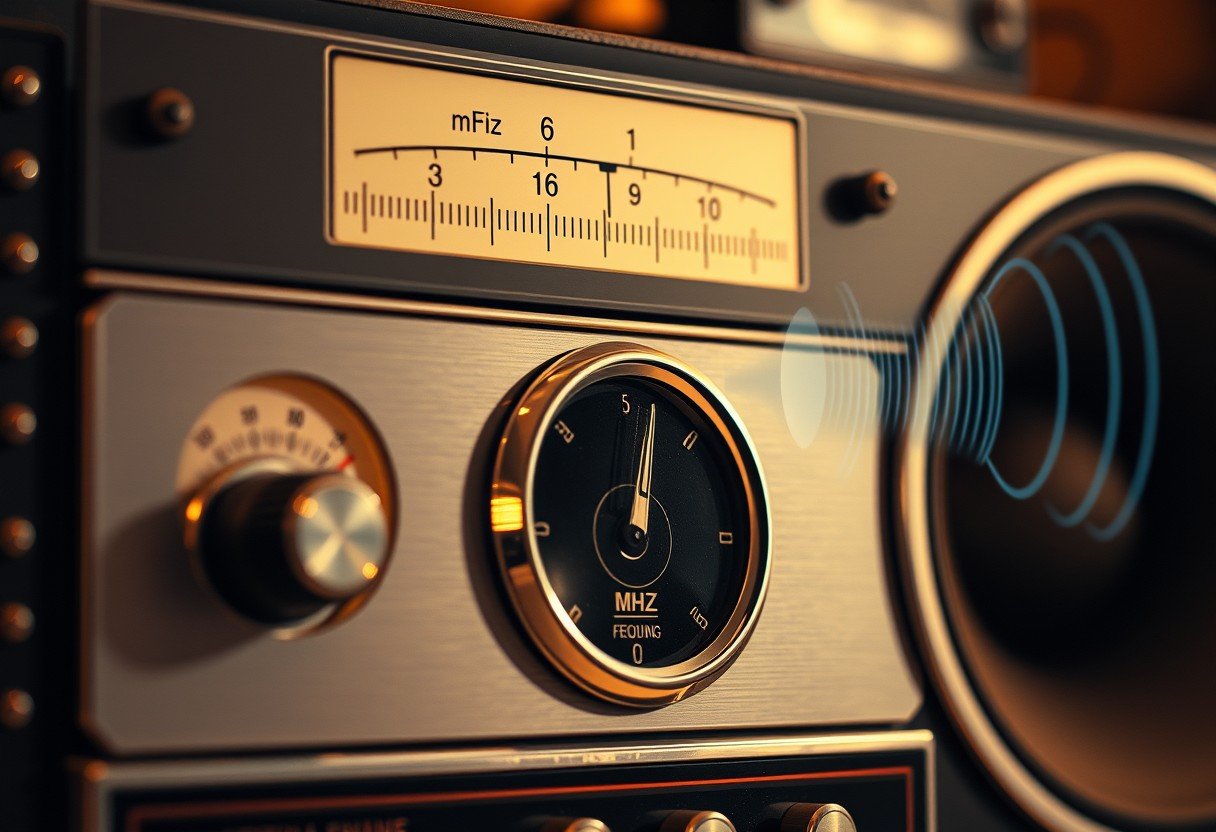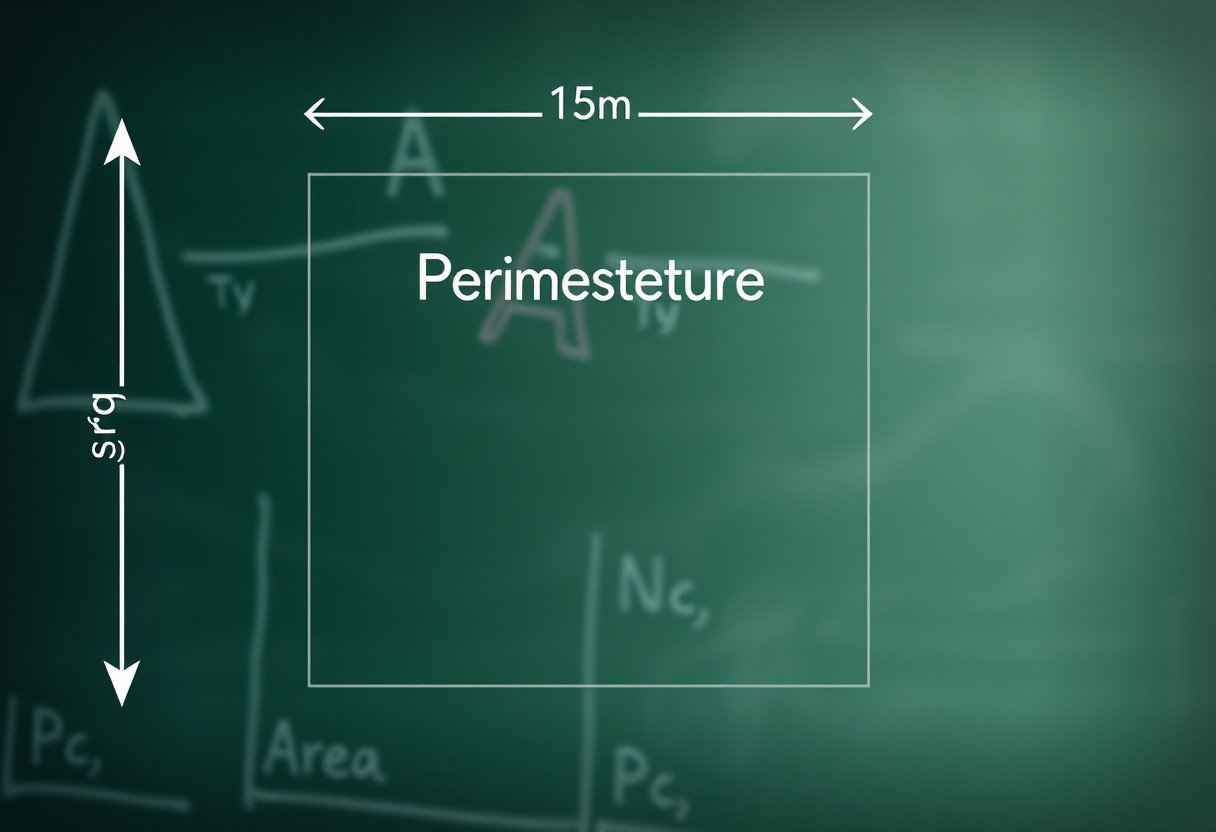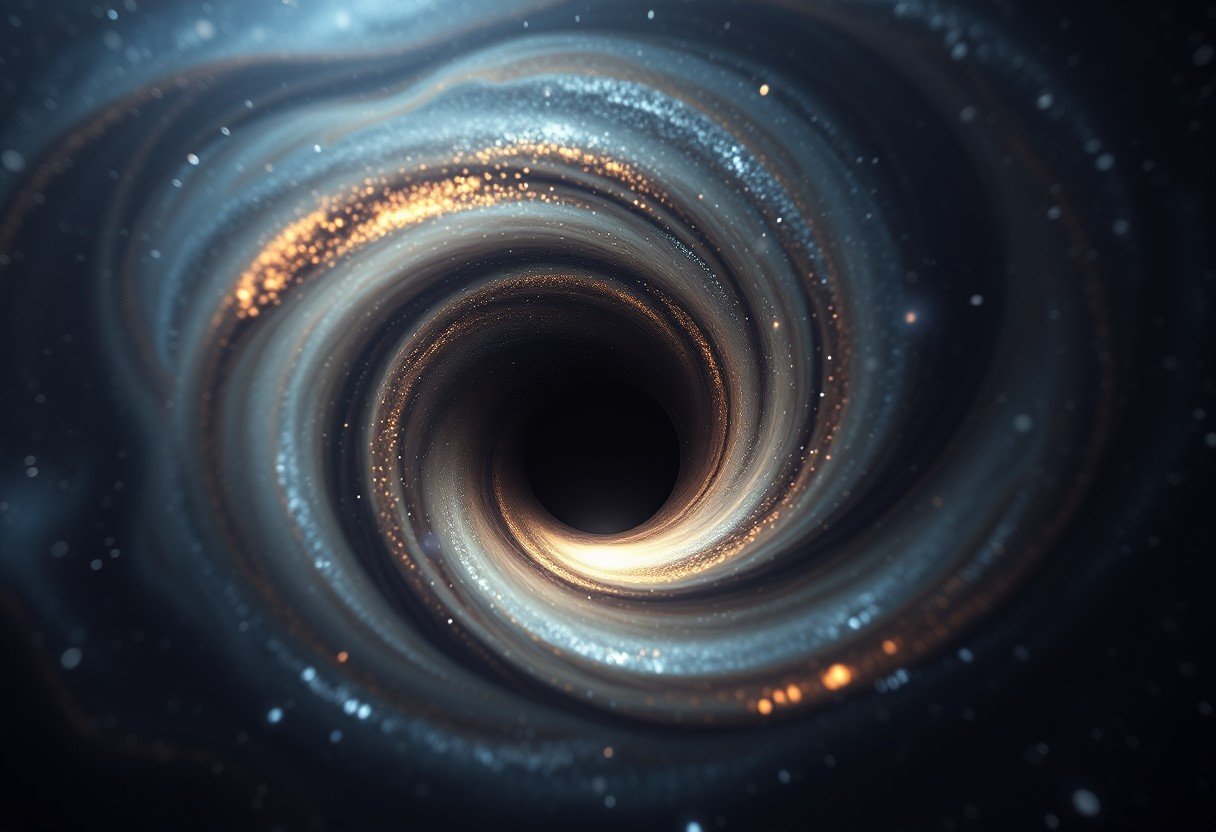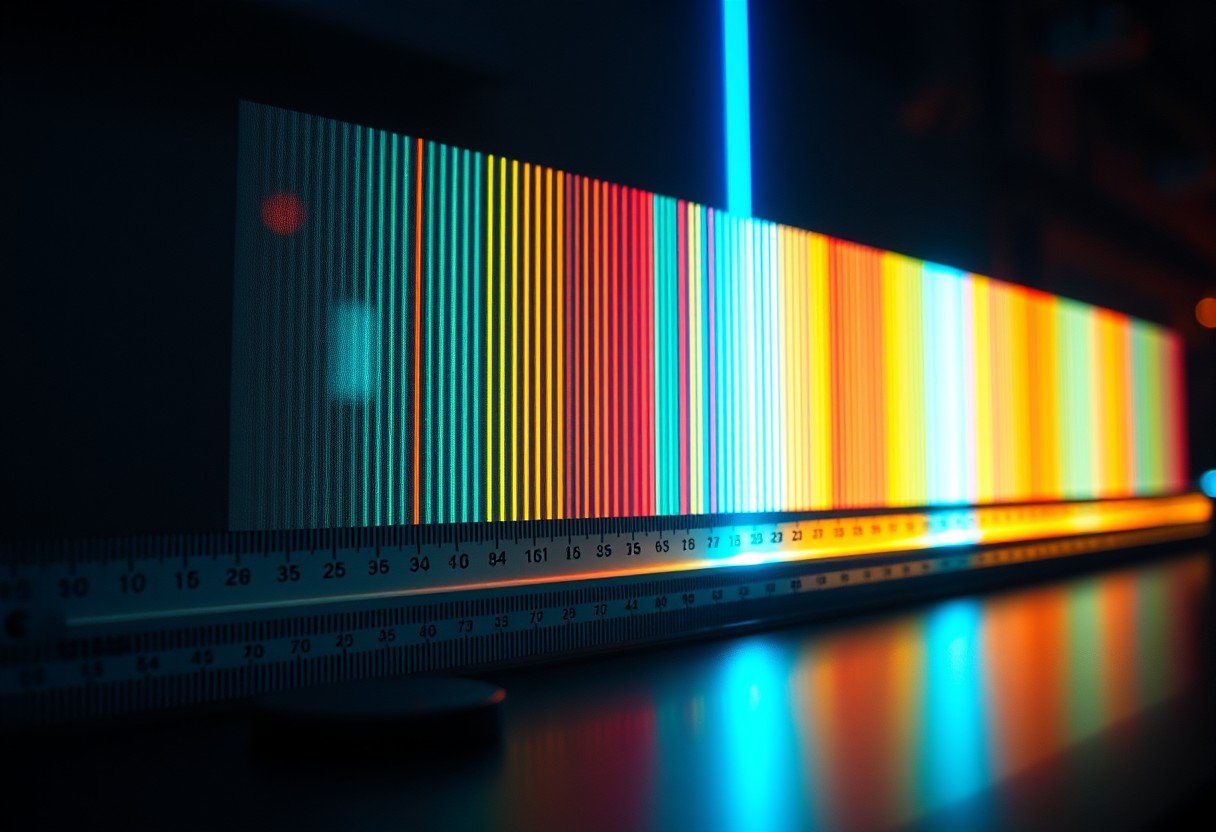Have you ever wondered about the science behind your radio? When a station broadcasts at a frequency of 3 MHz, it sends out invisible waves that travel through the air. The distance between the peaks of these waves is called the wavelength. Understanding this helps explain how radio signals work. For a 3 MHz signal, the wavelength is a surprising 100 meters, and calculating this is easier than you might think.
Understanding the Basics: Frequency and Wavelength
What is Frequency?
Frequency tells us how many times a wave oscillates, or cycles, in one second. It’s measured in a unit called hertz (Hz). A radio station broadcasting at 3 megahertz (MHz) is sending out waves that cycle three million times every single second.
Think of it like tapping your finger. If you tap it once per second, the frequency is 1 Hz. A 3 MHz signal is like tapping your finger three million times in that same second. This high rate of oscillation is what carries the audio information for your radio.
What is Wavelength?
Wavelength is simply the physical distance between two identical points on a wave, such as from one crest to the next. While frequency describes the wave’s timing, wavelength describes its size in space. It is usually measured in meters.
The relationship between frequency and wavelength is inversely proportional. This is a key concept in radio science. It means that when the frequency goes up, the wavelength gets shorter. Conversely, when the frequency goes down, the wavelength gets longer.
The Simple Formula to Connect Frequency and Wavelength
To find the wavelength of any radio signal, you only need one simple formula. This equation connects wavelength, frequency, and a constant value: the speed of light. It’s the foundation for understanding how all electromagnetic waves, from radio to visible light, behave.
The formula is: Wavelength (λ) = Speed of Light (c) / Frequency (f).
In this equation, the speed of light is a constant value, approximately 300,000,000 meters per second. By plugging in the frequency of the radio station, you can easily solve for the wavelength. This simple division is all it takes to convert between the two properties.
Step-by-Step Calculation for a 3 MHz Signal
Let’s calculate the wavelength for the radio station broadcasting at 3 MHz. The process involves two simple steps: converting the frequency and then applying the formula. This example will give you a clear picture of how these invisible waves are measured.
Before using the formula, you need to make sure your units are correct. The speed of light is in meters per second, so the frequency must be in hertz, not megahertz.
- Convert Frequency to Hertz: The prefix “mega” means million. Therefore, you need to convert 3 MHz into Hz by multiplying it by one million. So, 3 MHz = 3 x 1,000,000 = 3,000,000 Hz.
- Apply the Wave Equation: Now, divide the speed of light by the frequency in hertz. Wavelength = 300,000,000 m/s / 3,000,000 Hz.
- Get the Final Answer: The calculation gives us a result of 100. This means the wavelength is 100 meters.
This shows that each radio wave sent from the 3 MHz station spans a distance of 100 meters from one peak to the next as it travels through the air.
| Component | Value |
|---|---|
| Speed of Light (c) | 300,000,000 m/s |
| Frequency (f) | 3,000,000 Hz |
| Calculated Wavelength (λ) | 100 meters |
Why Does Wavelength Matter in Radio Broadcasting?
The wavelength of a radio signal is not just a technical number; it has real-world consequences for how well a broadcast works. It directly influences the design of antennas, the signal’s travel distance, and how clearly you can hear your favorite station.
Longer wavelengths, which correspond to lower frequencies like AM radio, can travel further and bend around obstacles like hills and buildings more easily. Shorter wavelengths, found in higher frequencies like standard FM radio, travel in more of a straight line and can be blocked by large objects.
Understanding wavelength is critical for engineers for several reasons:
- Antenna Design: The most efficient antennas are typically designed to be a fraction (like one-half or one-quarter) of the signal’s wavelength. An antenna for a 100-meter wavelength signal needs to be physically large.
- Signal Propagation: Wavelength determines how a signal interacts with the Earth’s atmosphere. Some long wavelengths can bounce off the ionosphere, allowing them to travel around the globe.
- Broadcast Quality: The choice of frequency and its corresponding wavelength affects the amount of data that can be carried, which impacts sound quality. Higher frequencies (shorter wavelengths) can carry more information, allowing for high-fidelity stereo sound.
How Environmental Factors Affect Your Radio Signal
A radio signal doesn’t travel in a perfect, empty vacuum. Its journey from the broadcast tower to your radio is affected by numerous environmental and technical factors. These elements can block, bend, or weaken the signal, impacting your listening experience.
Large physical objects are the most common source of interference. Hills, large buildings, and even dense forests can absorb or reflect radio waves. This is why you might lose your FM radio signal when driving through a tunnel or a dense urban area with many skyscrapers.
Atmospheric conditions also play a huge role. Things like humidity, rain, and solar activity can alter how radio waves travel through the air. For certain frequencies, changes in the Earth’s ionosphere can either enhance or disrupt long-distance reception, especially for shortwave and AM broadcasts.
Finally, technical aspects like the transmitter’s power and the antenna’s height and design are crucial. A more powerful transmitter can push the signal further, overcoming some environmental resistance and ensuring a wider coverage area for the station.
Frequently Asked Questions about Radio Wavelength
What is the formula to calculate the wavelength of a radio wave?
The formula is Wavelength (λ) = Speed of Light (c) / Frequency (f). You divide the speed of light (about 300,000,000 m/s) by the frequency in hertz to find the wavelength in meters.
Is a 3 MHz frequency used for standard FM radio?
No, 3 MHz is not in the standard FM broadcast band, which typically ranges from 88 MHz to 108 MHz. A frequency of 3 MHz falls within the high-frequency (HF) or shortwave radio band, used for long-distance communication.
Why is the speed of light used in the calculation?
Radio waves are a form of electromagnetic radiation, just like light. All electromagnetic waves travel at the same constant speed in a vacuum, known as the speed of light. This constant makes it possible to calculate wavelength from frequency.
How does wavelength affect radio reception quality?
Longer wavelengths (lower frequencies) can travel farther and penetrate obstacles better, but often carry less data, leading to lower audio quality like in AM radio. Shorter wavelengths (higher frequencies) provide clearer, higher-fidelity sound but have a shorter range and are more easily blocked.
Does a longer wavelength mean a stronger signal?
Not necessarily. Signal strength is determined by the transmitter’s power, not the wavelength. However, a longer wavelength can improve reception in certain areas because it is better at bending around large obstacles like hills and buildings.









Leave a Comment